Kay Bojesen Exhibition
in Tokyo
Eyefish Media

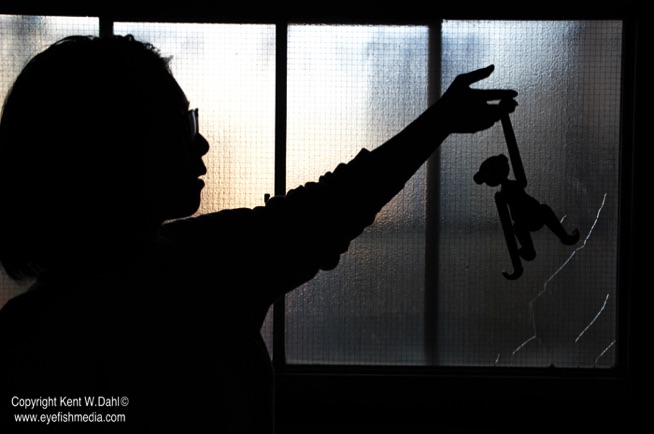
Title: Handing over the baton
Tokyo, 17th November 2017
Photo: Kent W. Dahl©
EXHIBITION 2017
Danish Kay Bojesen toys.
Kent W. Dahl's private collection of vintage Kay Bojesen figures.
SHOP & GALLERY:

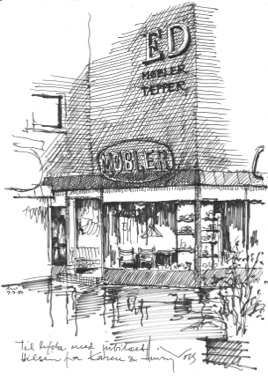
PERMANENT SALES EXHIBITION
A permanent exhibition of vintage Danish Kay Bojesen toys is for sale at Hokuonotakumi art & craft shop in Tokyo.
ABOUT THE EXHIBITION IN
JAPANESE:
ABOUT the COLLECTION
Vintage Kay Bojesen wooden toys exhibition
Pieces from the final inventory of the Copenhagen shop that closed in 1992.
When Tokyo-based Danish journalist Kent Dahl was two years old his parents gave him a small wooden monkey. The monkey was the work of the famous Danish designer Kay Bojesen.
Initially the Danish silversmith had made the monkey and other wooden figures for his son. But as word of the toys spread, demand for them grew. Eventually, they were put into production, made by traditional Danish craftspeople. Bojesen sold them at his silversmith shop in Copenhagen.
They became a great success.
Kay Bojesen designed his first wooden toys in 1922 and continued to make them up to his death in 1958.
"A real man plays until he dies," said Kay Bojesen.
Kent's encounter with the cute monkey prompted him to buy part of the remaining inventory of toys, when Kay Bojesen's shop closed in 1992. Ever since, they have been kept in pristine condition in Denmark for 25 years.
Kent has finally decided to part with most of his collection to let other collectors have the pleasure of owning these fine examples of Danish craftsmanship.
BACKGROUND of the collection
Kay Bojesen passed away in 1958, but his wooden toys remained very popular in Denmark and abroad. They continued to be made by the same traditional Danish craftspeople as before. The monkey was made at the carpentry workshop of Magne Monsen in Ballerup outside Copenhagen. Most of the other toys were made at Langeskov Trævarefabrik.
Bojesen's wife, Erna, continued to run their silversmith and craft shop in “Bredgade number 47” behind the Royal Palace in Copenhagen. The toys were also available in other shops, among them the furniture and craft shop, E.D. Møbler, owned by Kent's parents in the city.
Erna Bojesen died in 1986 and her children took over the company. The same year, Kent moved to Tokyo to work as a foreign correspondent for a Danish newspaper. The cartoonist at the newspaper, Bjorn Weddum, often illustrated Kent's back page articles from Tokyo. They struck up a friendship.
It turned out that Bjorn's wife, Annemette, worked in Kay Bojesen shop. When visiting Denmark, Kent and his Japanese wife, Masako, would usually call on Annemette there. They would often buy a few wooden toys for themselves or as presents for their friends around the world; including Japan.
When visiting the shop in 1991, however, there was sad news. Kay Bojesen's children had decided to close the company and the shop. Fearing that this Danish heritage would be lost forever, Kent decided to buy a selection of Kay Bojesen figures as keepsakes. He has since kept them in perfect condition in Denmark.
More than 25 years have passed since Kent bought his collection of Kay Bojesen vintage toys in the shop in Bredgade. Now over 60, he feels it is time to let other collectors have the pleasure of owning these fine examples of Danish craftsmanship.
However, Kent will not part with all of his Kay Bojesen figures.
He still keeps his old monkey and a selection of other of the Danish heritage figures as reminders of his Danish heritage.
Copyright: Kent W. Dahl©
The furniture and craft shop, E.D. Møbler, sold Kay Bojesen's figures in the 1950ies.
The shop was owned by Kent's parents and situated in Copenhagen.
Cppyright: Kent W. Dahl©
WHO WAS KAY BOJESEN
By Kent W. Dahl
Kay Bojesen was a Danish silversmith, designer and producer, who lived from 1886 to 1958 in Copenhagen. Although an apprentice of the famous Danish silversmith, George Jensen, Kay Bojesen is best known for his heart-warming wooden toys, which never fail to bring a smile to onlookers' faces.
Kay Bojesen was the first Dane to design toys as craft objects. He began by making wooden figures for his son in 1922. But as word of the toys spread, demand for them grew. Eventually, they were put into production, made by traditional Danish craftspeople. The toys were sold at Bojesen's silversmith shop in Copenhagen, which operated until 1992. They became a great success.
Although Kay Bojesen had children in mind when he started making the toys, his wooden figures are equally appreciated by grownups. Today they have become collectors' items and are likely to be displayed on a shelf as art objects.
This is certainly the case in Denmark, where people generally regard
Bojesen's toys in the same light as the work of other timeless Danish design icons. That be architects and designers such as Hans Wegner, Arne Jacobsen, Poul Henningsen or Borge Mogensen.
Attesting to the ongoing interest in Kay Bojesen, a major exhibition of his work was held at the Sophienholm Museum near Copenhagen a few years ago. Several private collectors lent the museum items from their collection.
The toys have likewise become international design classics and are part of the permanent collections of various prominent art museums around the world, among them MoMA (Museum of Modern Art) in New York and the Victoria and Albert Museum in London.
The prototypes of the original wooden toys made by Kay Bojesen are in the safe keeping of the Danish Design Museum in Copenhagen.


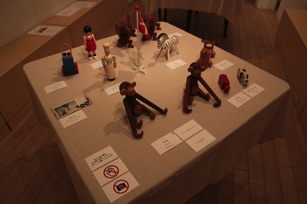
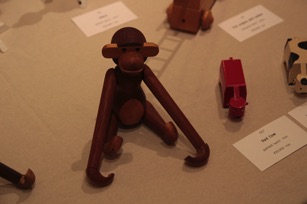
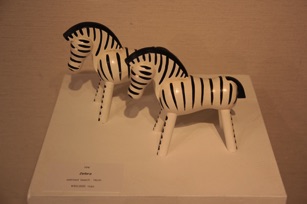
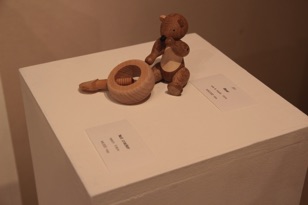
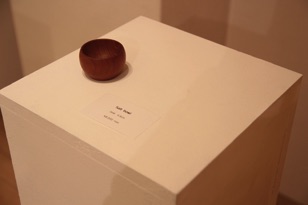
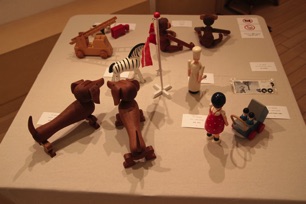

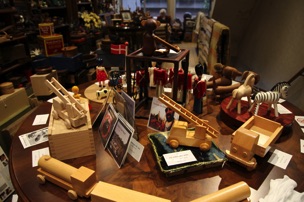
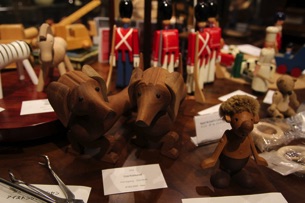
The Danish Traphold Museum of Modern Art and Design has a big exhibition about Kay Bojesen from September 1018 to June 2019.